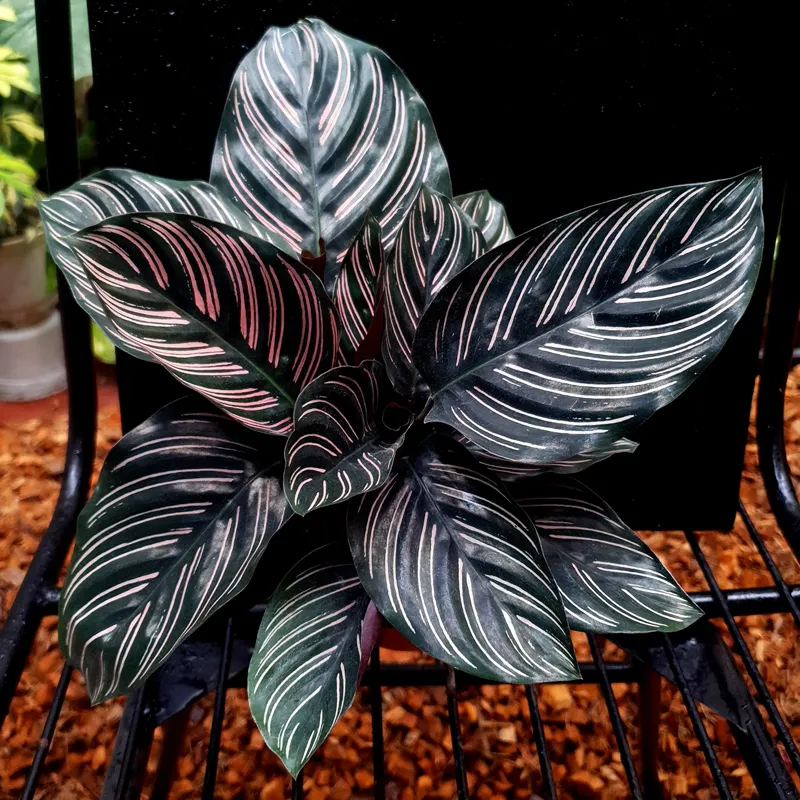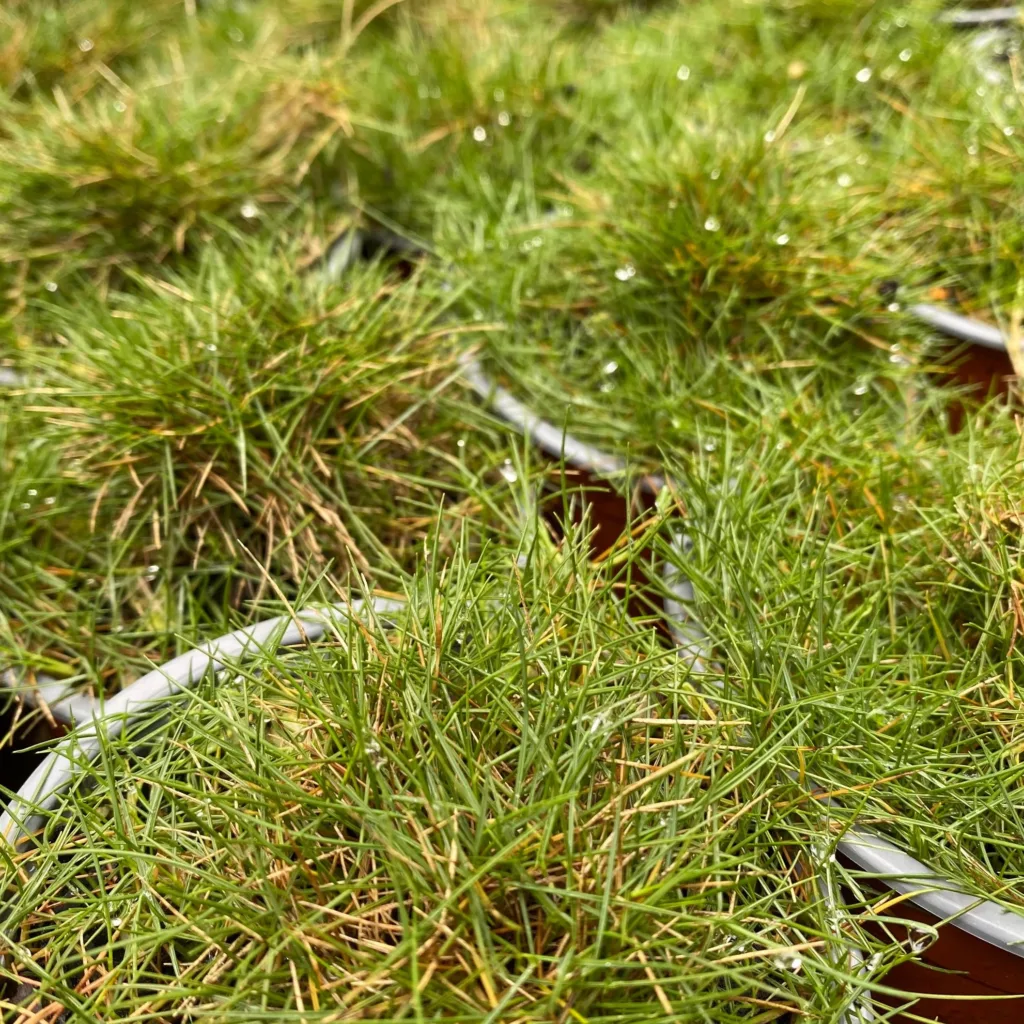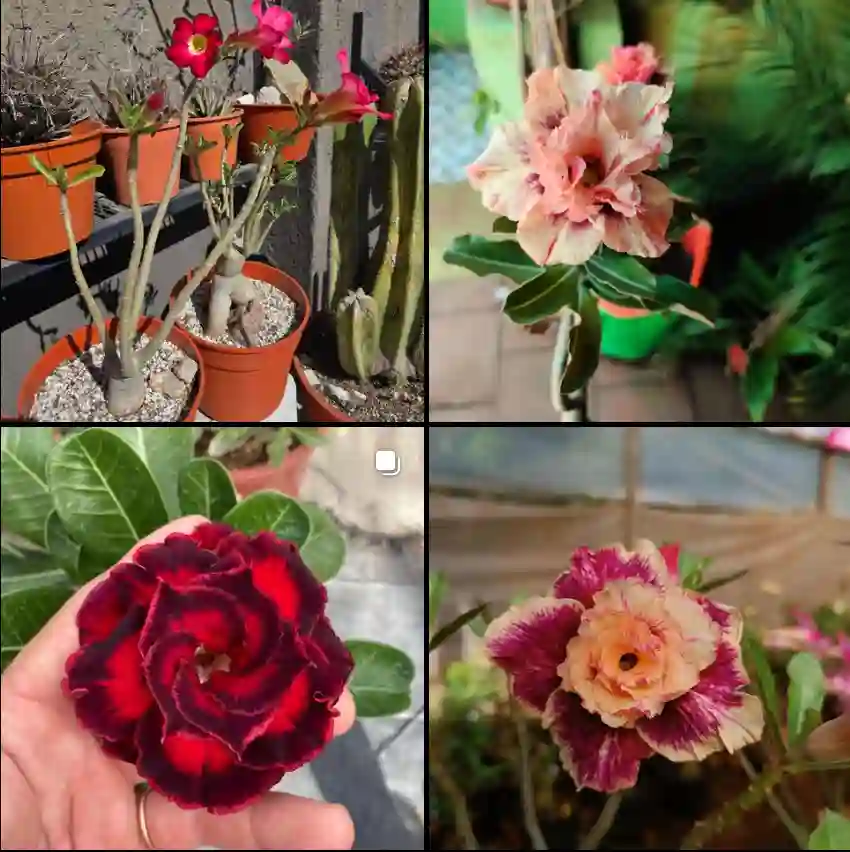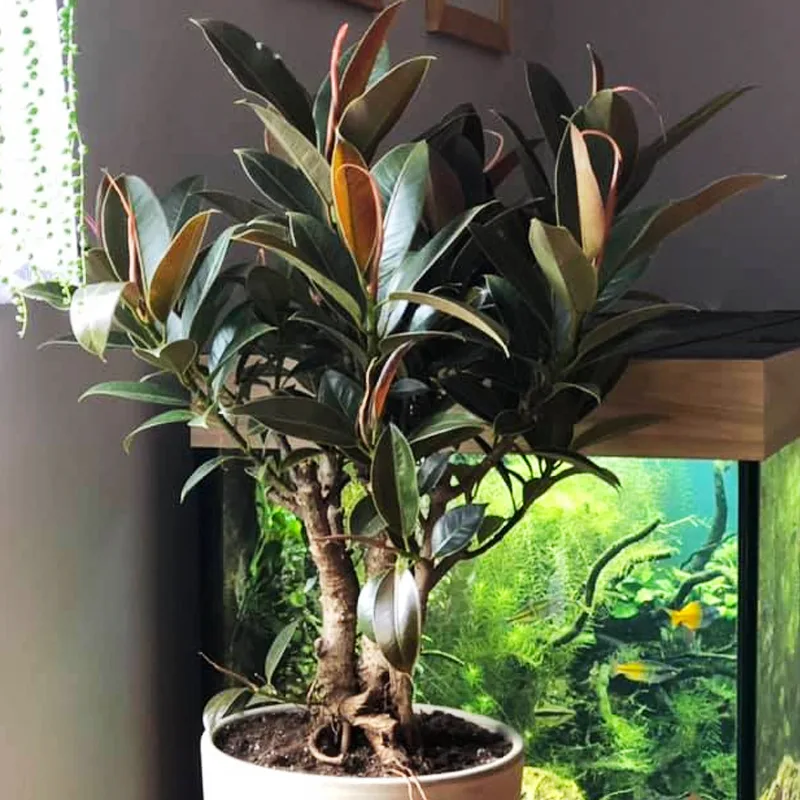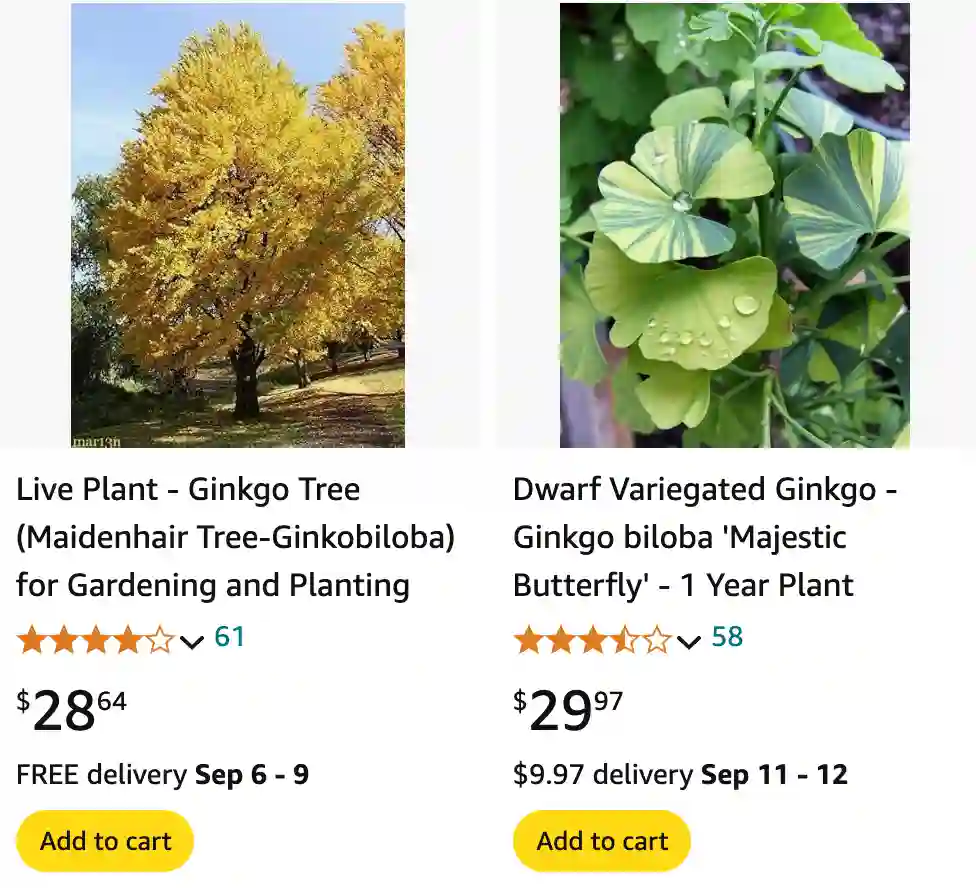
Exploring the Ginkgoaceae Family and Ginkgo Biloba: A Living Fossil in My Garden
The Ginkgoaceae family has long fascinated me, both for its unique history and its sole surviving genus and species: Ginkgo biloba. This plant, often called a “living fossil,” has been around for over 200 million years, surviving events that wiped out entire ecosystems. It’s a marvel of nature, combining resilience and elegance. Adding Ginkgo biloba to my garden was a decision I made not only for its distinct fan-shaped leaves and seasonal beauty but also for the story it tells of ancient resilience and survival.
Understanding Ginkgoaceae: An Ancient Plant Family
Ginkgoaceae is a monotypic family, meaning it contains just one genus, Ginkgo, with a single surviving species, Ginkgo biloba. The family dates back to the Mesozoic Era, a time when dinosaurs roamed the earth. Fossils show that Ginkgoaceae was once widespread, flourishing across regions of what we now call Europe, Asia, and North America. However, changing climates and mass extinction events reduced the family down to one resilient survivor: Ginkgo biloba.
It’s amazing to think that this plant has adapted over millennia while maintaining its core characteristics. Its tenacity and adaptability are traits I admire in the plant world, and Ginkgo biloba exemplifies these qualities perfectly. Seeing it thrive in my garden, I can’t help but reflect on its place in botanical history.
What Does a Ginkgo Biloba Tree Look Like?
Ginkgo biloba, often referred to as the “maidenhair tree,” stands out for its unique leaf shape, unlike any other tree in my collection. The leaves are fan-shaped, and in autumn, they turn a brilliant yellow that brightens up my landscape. What truly makes Ginkgo biloba unique, however, is its status as a “living fossil.” Fossils of Ginkgo dating back 200 million years are nearly identical to the tree we know today.
This ancient lineage gives Ginkgo biloba a natural hardiness that I find remarkable. It’s resistant to pollution, diseases, and pests, which makes it an ideal addition to urban landscapes as well as home gardens like mine. In fact, Ginkgo biloba was among the few trees to survive the atomic bombing in Hiroshima, standing as a testament to resilience even in the most extreme conditions.
How to Grow a Ginkgo Biloba Tree?
Growing a Ginkgo Biloba tree is relatively straightforward, provided you have the right conditions. Ginkgo trees are hardy and adaptable, thriving in various soil types, including clay and sandy soils. Start by choosing a sunny location, as Ginkgo trees prefer full sunlight. Planting should be done in the spring or fall. Dig a hole that is twice the width of the root ball and about as deep. Place the tree in the hole, making sure the top of the root ball is level with the soil surface, and backfill with soil. Water thoroughly after planting and mulch around the base to retain moisture.
Male vs. Female Ginkgo Trees: Choosing the Right One
When selecting a Ginkgo biloba, it’s essential to know whether you’re getting a male or female tree. The female trees produce fleshy seeds that emit a strong odor when they fall, which some gardeners find unpleasant. I opted for a male tree, as they don’t produce the odorous seeds, making them more suited for ornamental use.
That said, the seeds of female trees do have medicinal value in traditional medicine, which could be a factor for anyone interested in using Ginkgo for health purposes. While I haven’t personally tried using Ginkgo for medicinal purposes, its leaves and seeds have been used for centuries in Chinese medicine, especially for cognitive health. It’s fascinating to grow a tree with such historical significance and practical value, even if I’m primarily enjoying its beauty and resilience.
Where Can I Buy a Ginkgo Biloba Tree?
You can purchase Ginkgo Biloba trees from various sources. Local nurseries and garden centers often stock them, especially in areas with suitable climates. Online retailers also offer a wide range of options, including different sizes and cultivars. Make sure to choose a reputable seller to ensure the health and quality of the tree.
How Fast Does a Ginkgo Biloba Tree Grow?
Ginkgo Biloba trees are relatively slow-growing compared to other species. On average, they grow about 12 to 24 inches per year. However, their growth rate can vary depending on factors like soil quality, water availability, and sunlight. Patience is key, as it may take several years for the tree to reach its full potential size.
When to Plant a Ginkgo Biloba Tree?
The best times to plant a Ginkgo Biloba tree are in the spring or fall. Planting in the spring allows the tree to establish its roots before the hot summer months, while fall planting provides the tree with a head start as it enters dormancy. Avoid planting in the winter, as the cold temperatures can hinder root development.
Does a Ginkgo Biloba Tree Drop Seeds?
Yes, Ginkgo Biloba trees do produce seeds. Female trees bear seeds that are covered in a fleshy, fruit-like coating. These seeds fall from the tree in the fall and can be quite messy, especially when they decay. If you prefer to avoid the mess, you might want to choose a male tree, which does not produce seeds.
How Big Does a Ginkgo Biloba Tree Get?
Ginkgo Biloba trees can grow quite large, reaching heights of 50 to 80 feet and widths of 30 to 40 feet. Their size makes them suitable for large gardens or as a street tree. However, their size also means you should plan accordingly when planting to ensure they have enough space to grow.
How Old Is the Ginkgo Biloba Tree?
The Ginkgo Biloba tree is one of the oldest living tree species, with a history dating back over 200 million years. Some trees in botanical gardens and historical sites are believed to be over 1,000 years old. This longevity makes it a remarkable specimen, both in terms of historical significance and garden interest.
How to Care for a Ginkgo Biloba Tree?
Caring for a Ginkgo Biloba tree is relatively simple. Ensure it receives full sun and well-drained soil. Water the tree regularly, especially during dry periods, but avoid overwatering. Pruning is generally not necessary, but you can trim the tree to maintain its shape or remove any dead branches. Fertilizing once a year in the spring can help promote healthy growth.
How to Propagate a Ginkgo Biloba Tree?
Ginkgo Biloba trees can be propagated through seeds or cuttings. To propagate from seeds, collect them in the fall, clean them, and stratify them in a cool, moist environment for several months before planting. For cuttings, take semi-hardwood cuttings in late summer, dip them in rooting hormone, and plant them in a mix of sand and peat.
What to Plant With a Ginkgo Biloba Tree?
Ginkgo Biloba trees pair well with various companion plants. Consider planting ground covers like hostas or ferns underneath to create a lush, layered look. Low-growing shrubs and perennials can also complement the tree, providing a diverse and visually appealing garden.
Can You Grow a Ginkgo Biloba Tree Indoors?
While Ginkgo Biloba trees are typically grown outdoors, they can be grown indoors if given adequate light and space. A large indoor pot with good drainage and a sunny location can help the tree thrive, but keep in mind that indoor growth may be slower compared to outdoor conditions.
Is the Ginkgo Biloba Tree Toxic?
The seeds of the Ginkgo Biloba tree are toxic if ingested in large quantities. They contain compounds that can cause digestive issues and other health problems. It’s best to handle the seeds with care and ensure they are not consumed by pets or small children.
Benefits of Ginkgo Biloba Tree
The Ginkgo Biloba tree is not only visually striking but also offers several benefits. Its leaves are used in traditional medicine and supplements for cognitive health and circulation. Additionally, the tree is highly resistant to pests and diseases, making it a low-maintenance choice for many gardens.
Common Problems with Ginkgo Biloba Tree
One common issue with Ginkgo Biloba trees is their sensitivity to salt, which can affect their growth in coastal areas. Additionally, the fruit of female trees can produce a strong odor when it decays, which may be a concern in urban settings.
Final Thoughts: A Legacy Plant Worth Having
For anyone considering adding Ginkgo biloba to their garden, I can wholeheartedly recommend it. This tree is more than just an ornamental addition; it’s a symbol of resilience, history, and adaptability. Growing Ginkgo biloba has enriched my garden, not just visually but emotionally. It’s humbling to nurture a species that has stood the test of time for millions of years, and knowing that my tree may outlive me gives a sense of purpose to my gardening efforts.
If you’re looking for a plant that brings beauty, history, and resilience into your landscape, Ginkgo biloba is truly a standout choice. Its autumn display alone is worth the addition, but more than that, it’s a tree with a story—one that I’m grateful to have as part of my garden.
If i die, water my plants!
